Past events
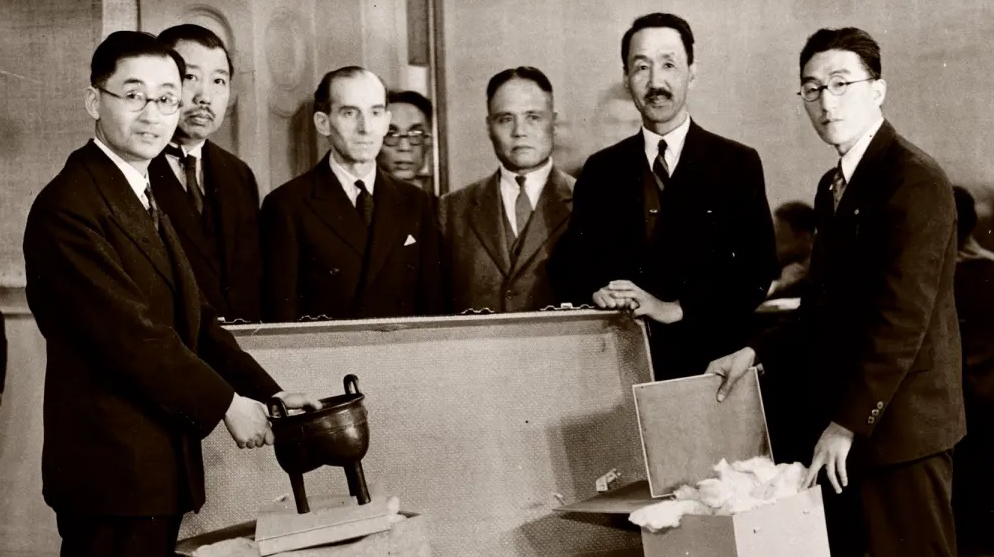
Thu, 19 October 2023
6:30PM
Problematising collector/collection histories: writing a critical biography
Stacey Pierson
A workshop with scholar Stacey Pierson about writing a biography that is critical rather than hagiographic.
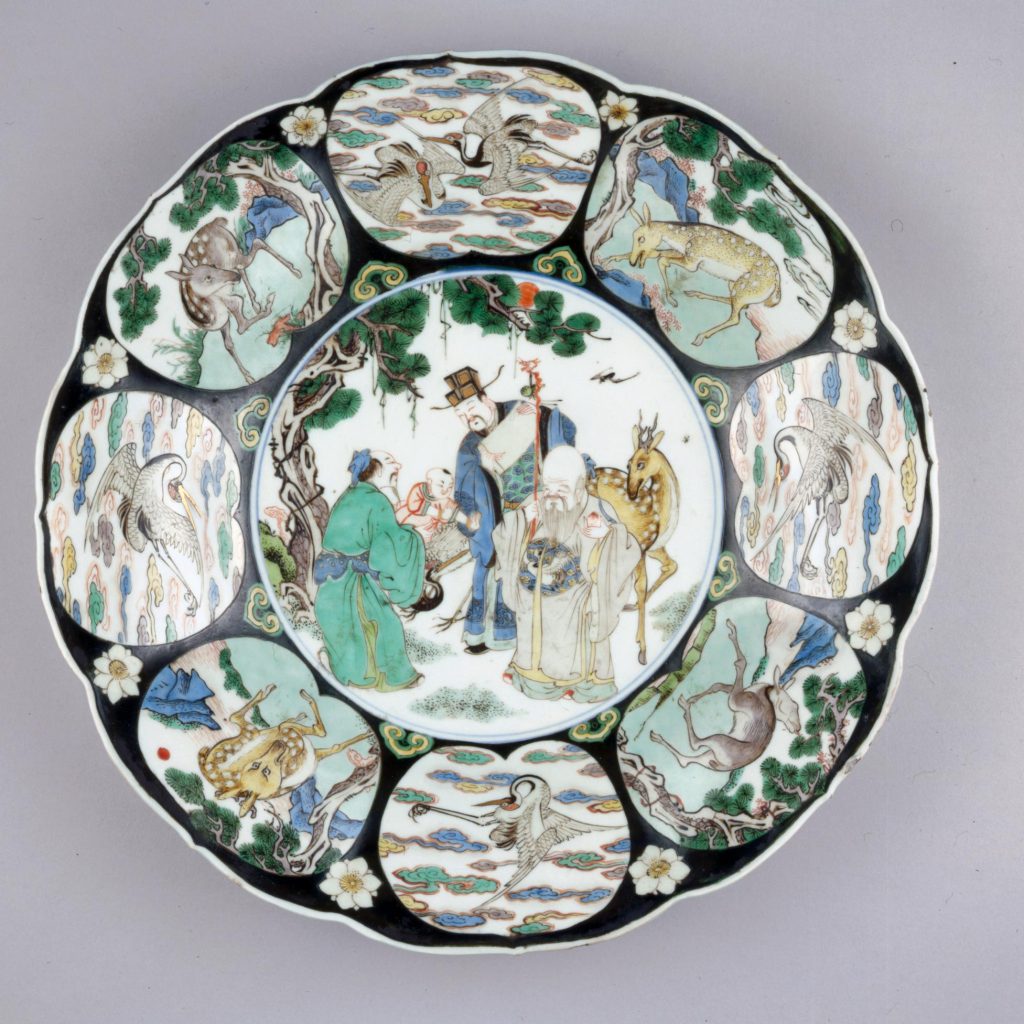
Thu, 12 October 2023
6:30PM
The Man Who Loved China: The Extraordinary Life and Collection of Sir Percival David
Stacey Pierson
A lecture about the story behind the finest collection of Chinese ceramics outside China: the Sir Percival David Collection gallery in the British Museum in London.

Tue, 10 October 2023
10:00AM
Talanoa Forum: Moana Rising
A public forum on small island ecologies, climate justice, decolonial museology, diasporic and Pacific alliances.
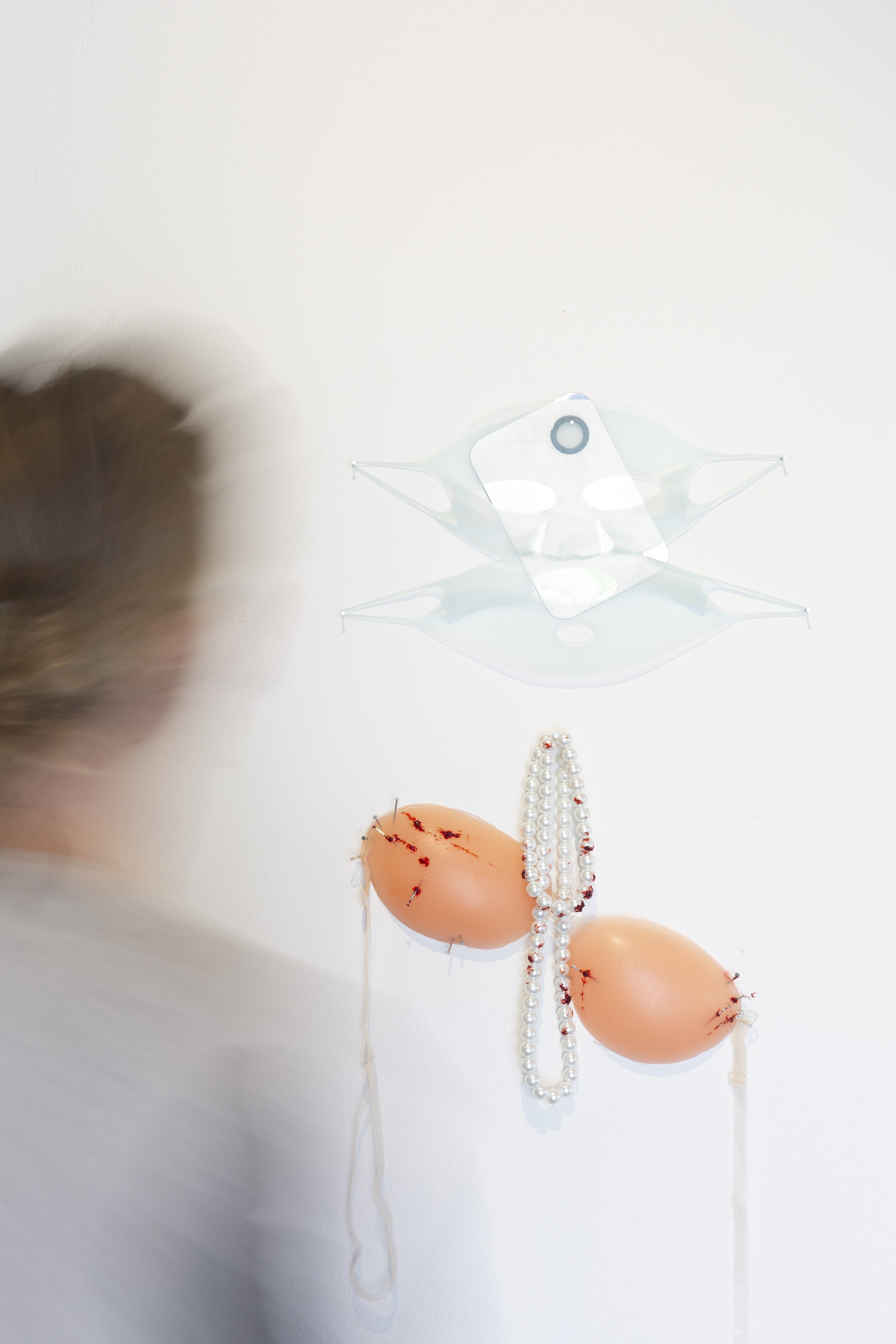
Fri, 6 October 2023
12:00PM
How to be an art critic
Mariam Arcilla, Neha Kale, and Toni Ross
A workshop on contemporary art writing, designed specifically for University of Sydney students.
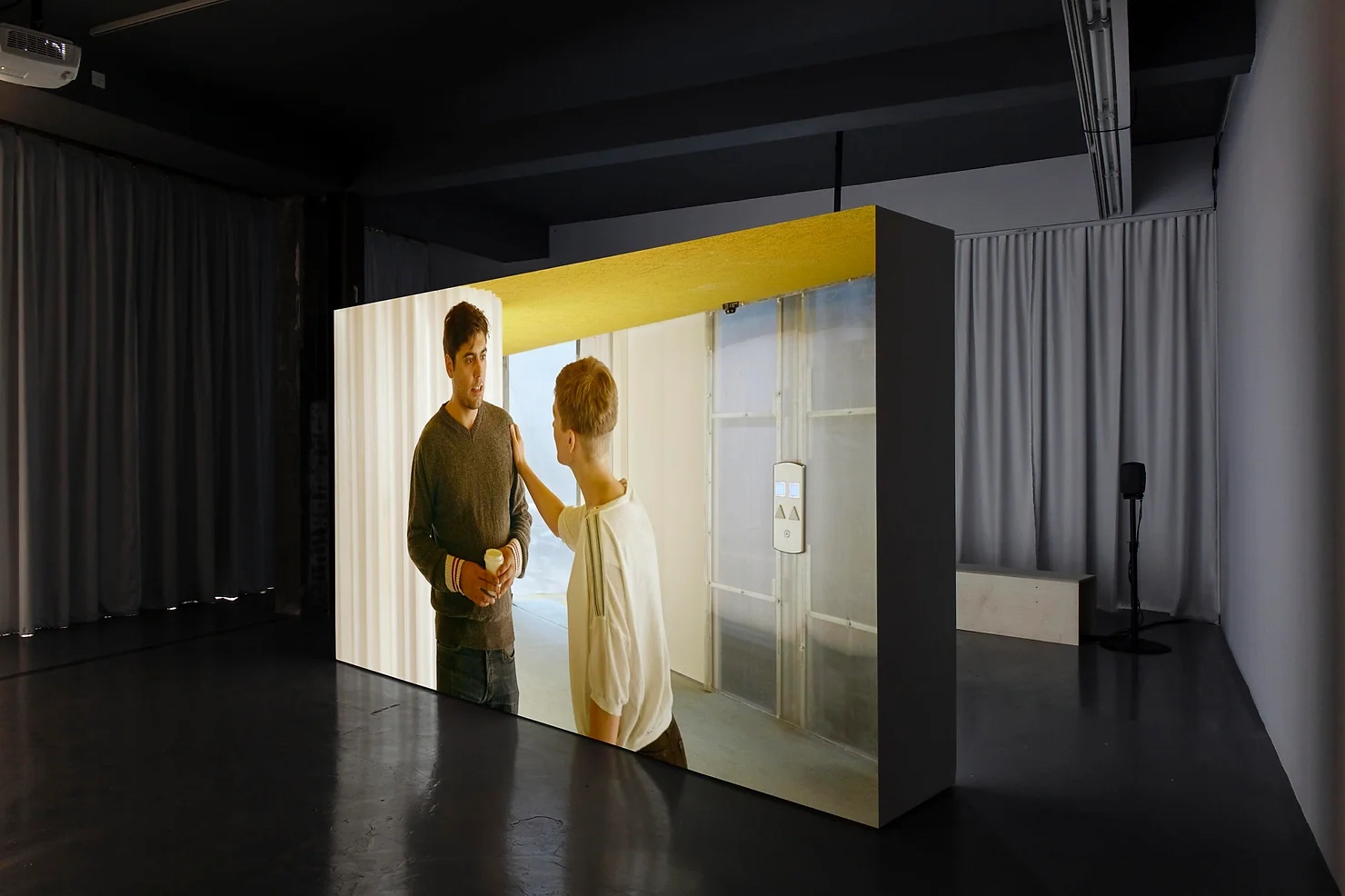
Thu, 5 October 2023
2:00PM
Wellness Business–healing or stalking? Pilvi Takala’s The Stroker, 2018
Toni Ross
A seminar on Finnish performance artist Pilvi Takala, and the current cultural and corporate obsession with wellness.
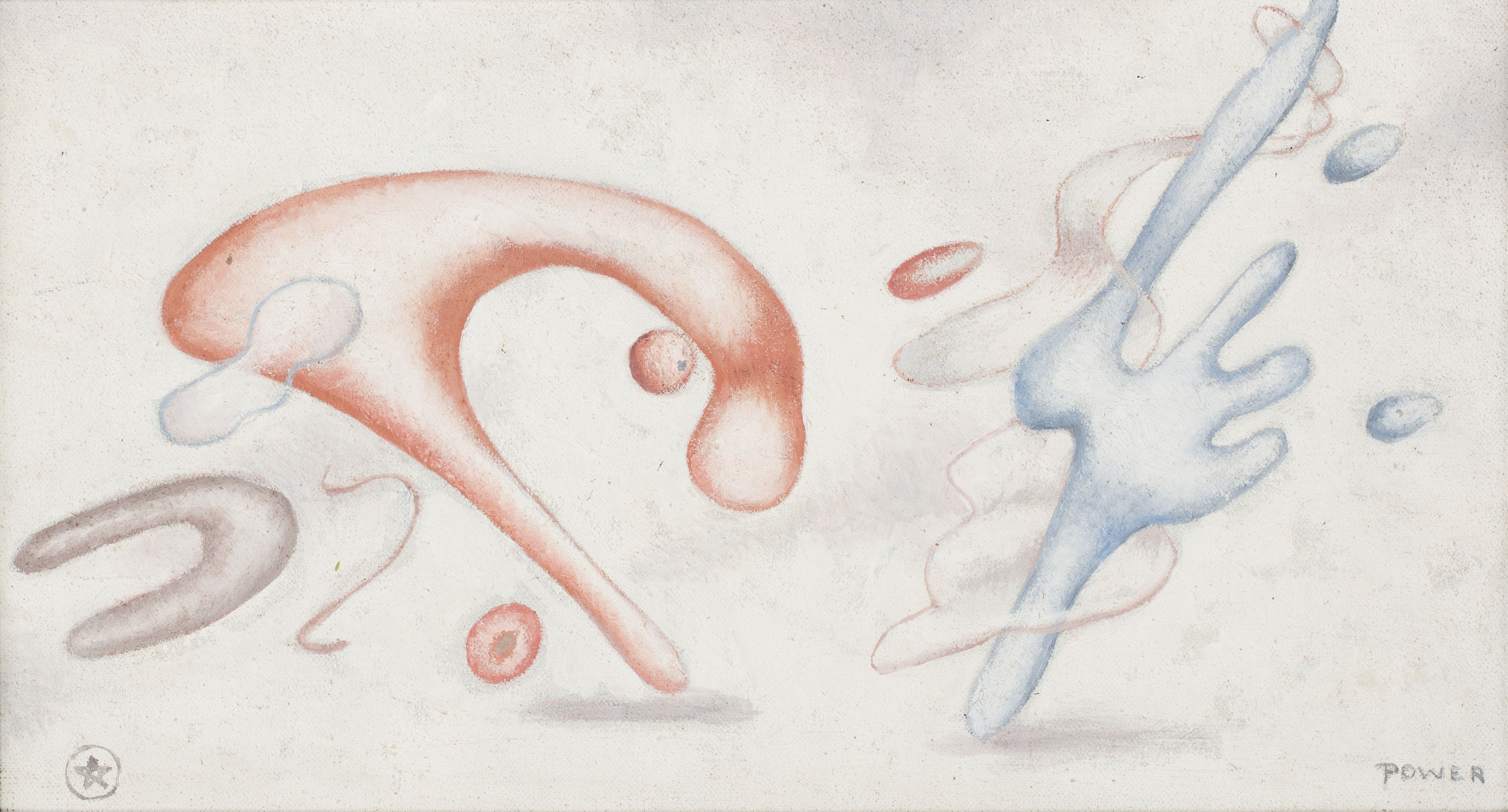
Thu, 28 September 2023
2:00PM
Eloquence Prize 2023
A prize for students across Australia addressing French and Australia art history.
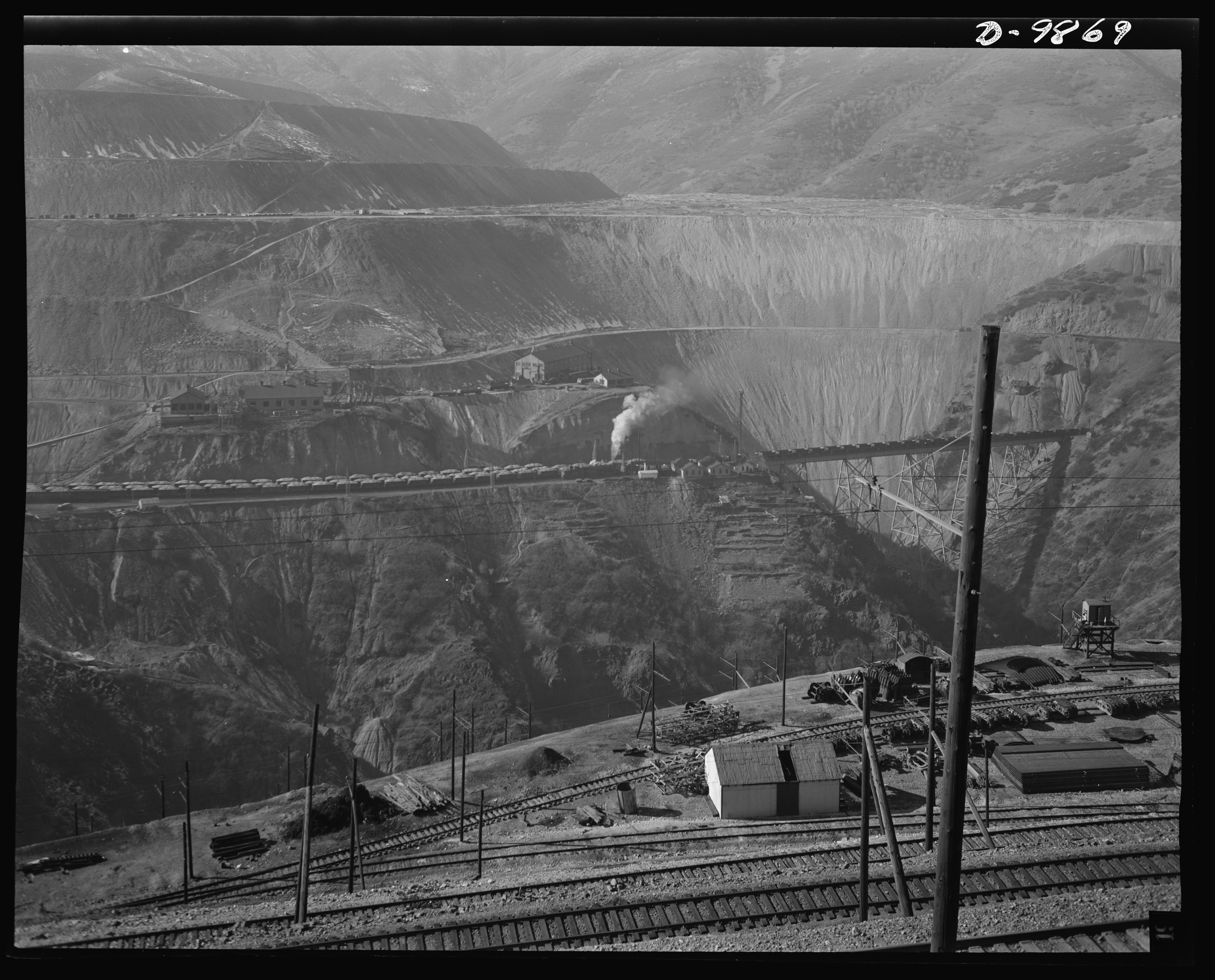
Fri, 22 September 2023
6:00PM
Contemporary photography: process, practice and place
Peta Clancy, Amanda Williams, Simryn Gill, and Brett Neilson
A panel conversation about how contemporary artists engage with photography’s troubled relationship to land, place and Country.
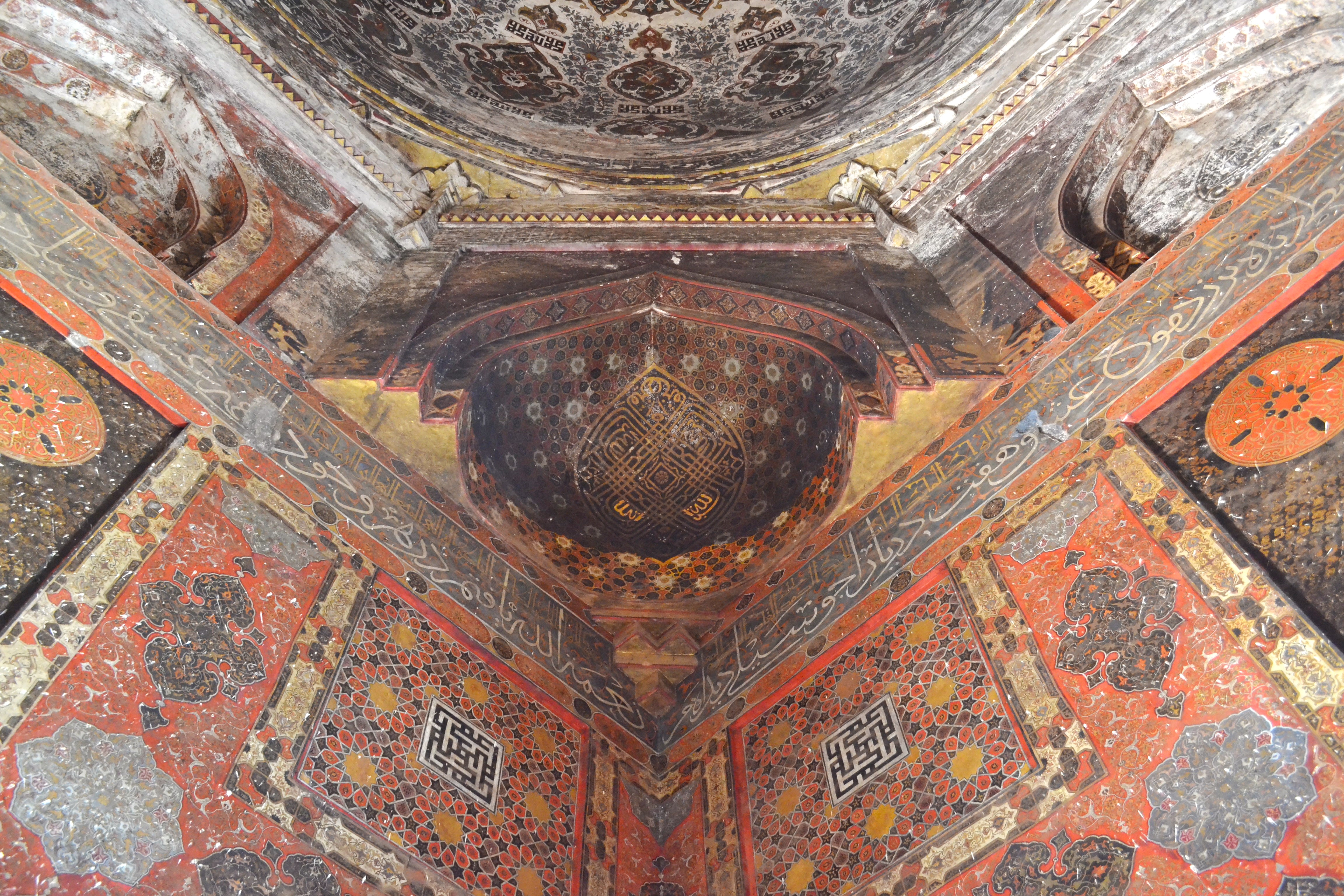
Fri, 15 September 2023
2:00PM
Distance and Metaphor: Reimagining the Ka‘ba in Deccan India
Peyvand Firouzeh
A presentation about the replication and circulation of the Ka'ba between the Islamic centre and peripheries.
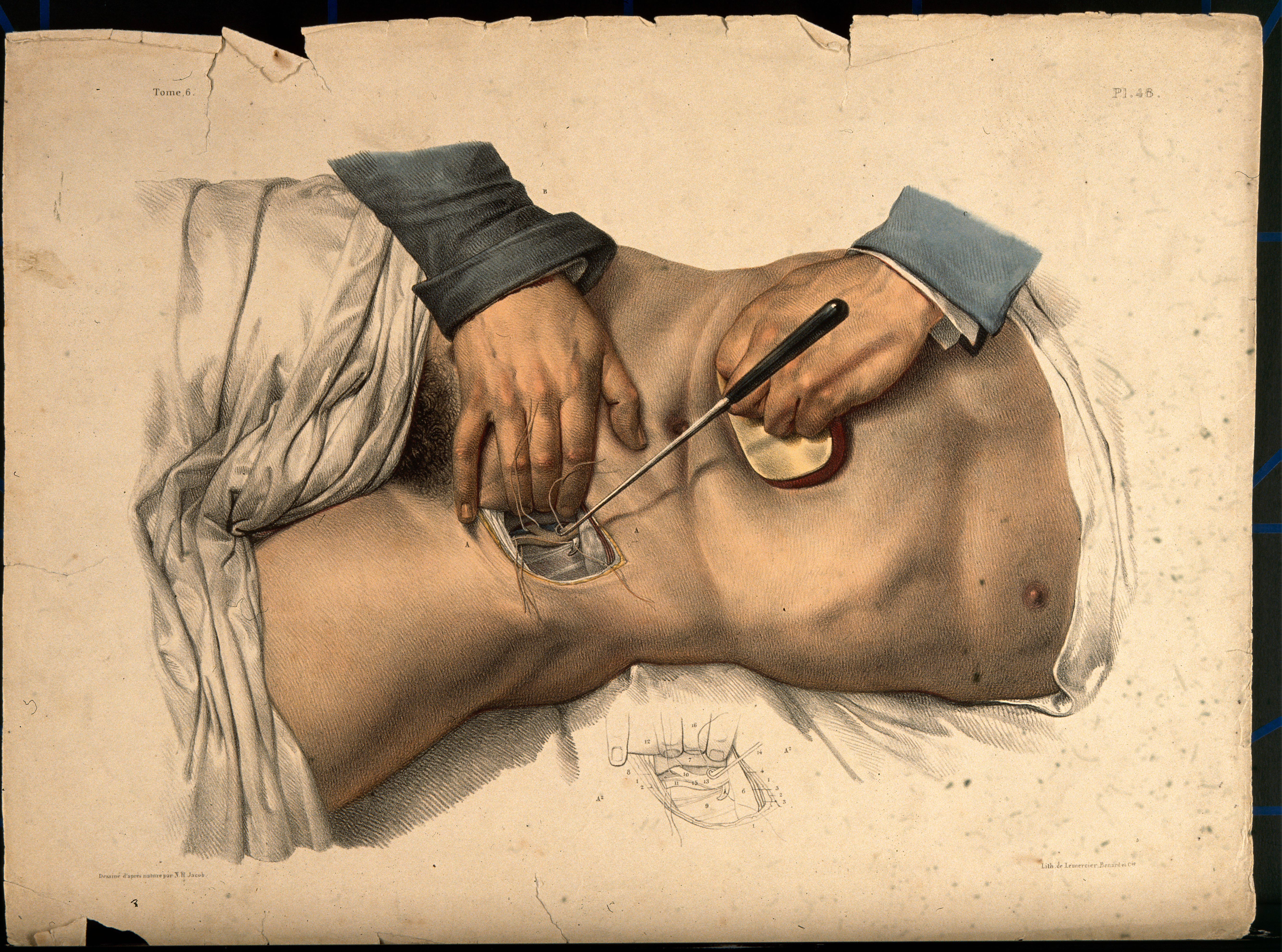
Fri, 8 September 2023
10:00AM
Making the Modern Body: Art, Health, and the Human Form
Emily Brink
A workshop on the relationship between art and health, and the representation of the modern body, led by scholar Emily Brink.
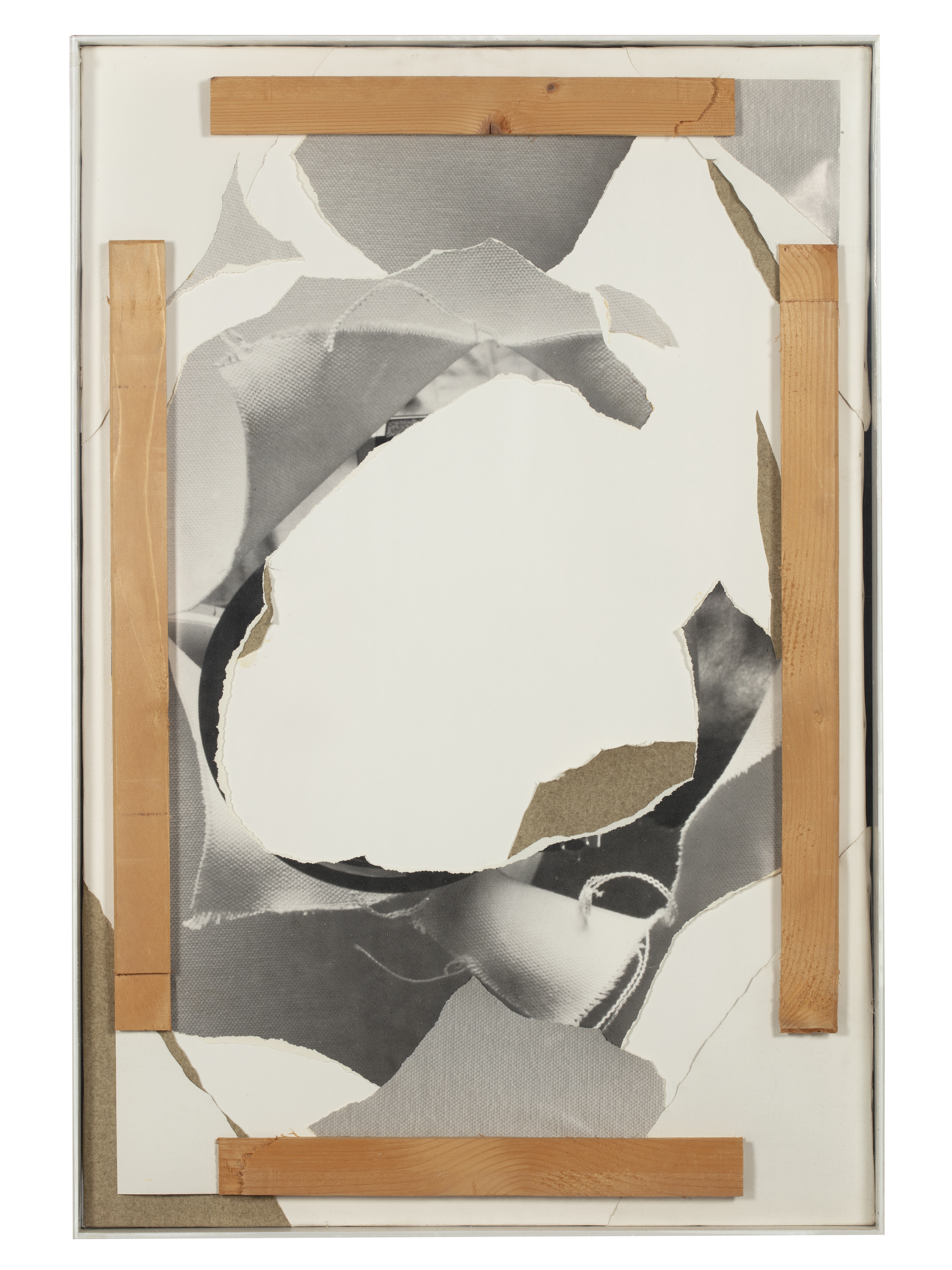
Wed, 6 September 2023
6:00PM
The Negative
Geoffrey Batchen, Justine Varga, James Tylor, and Anne Ferran
A conversation between artists and scholars about the materials and processes of photographic transformation.
